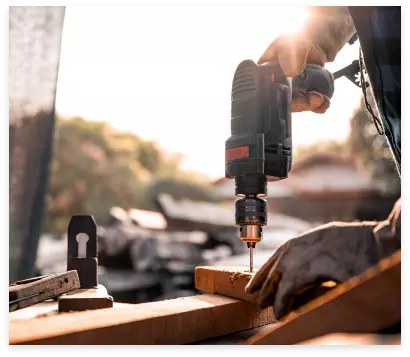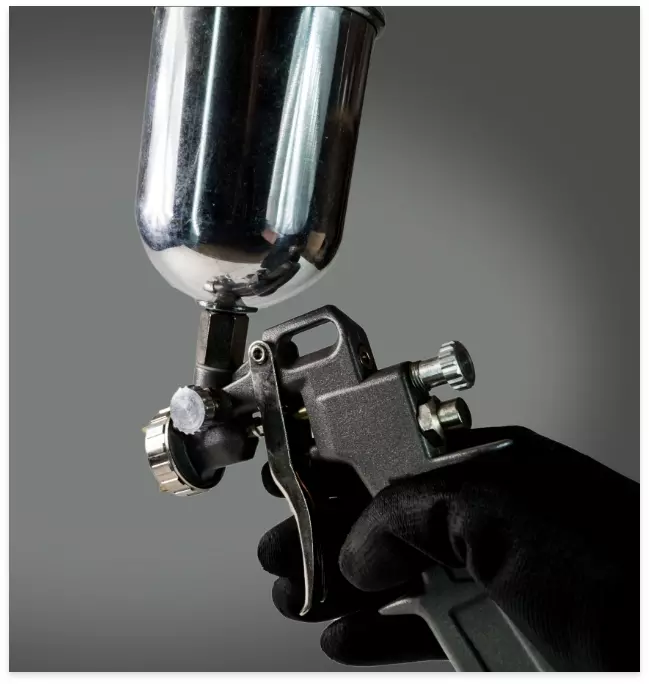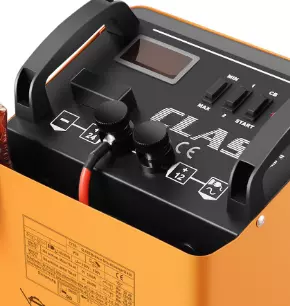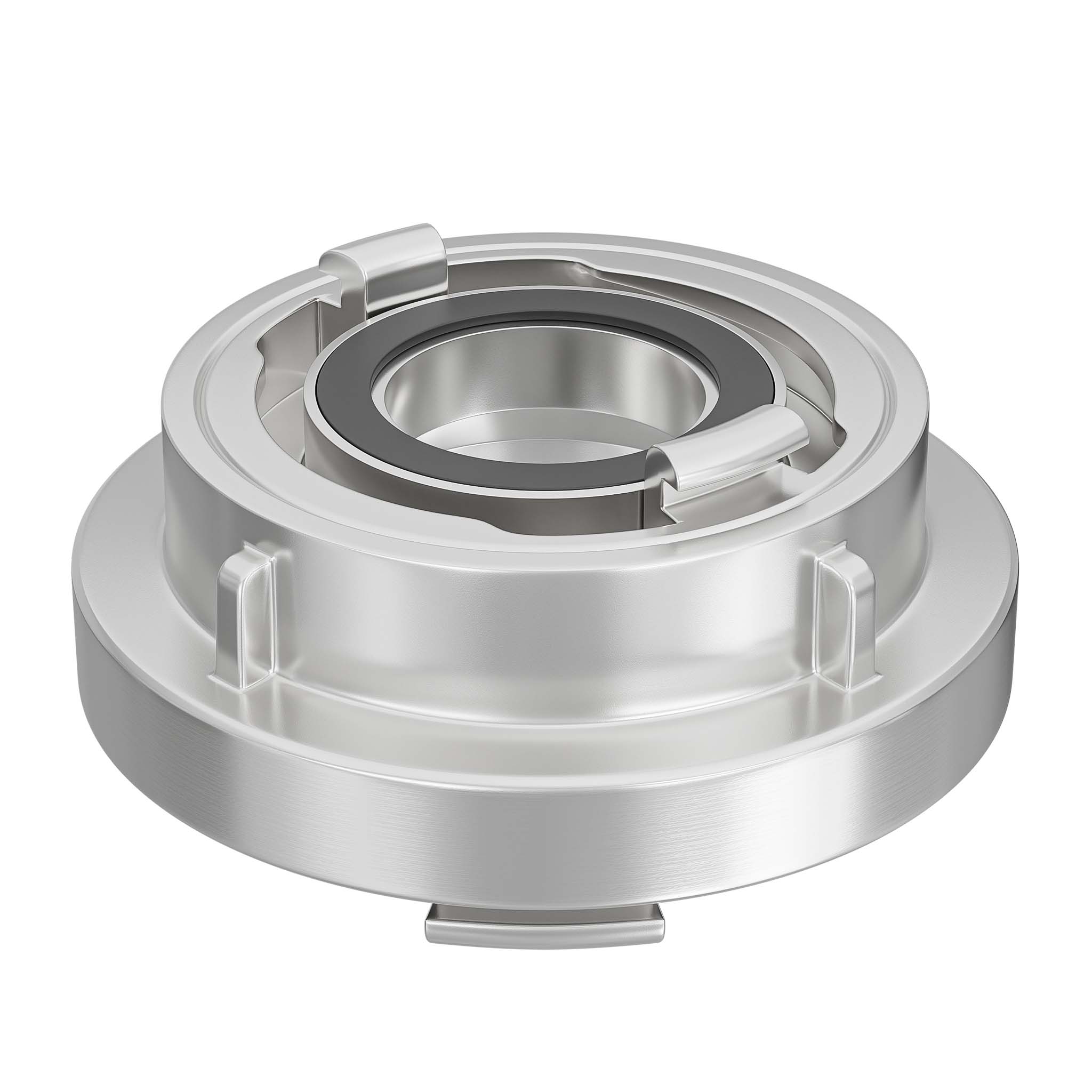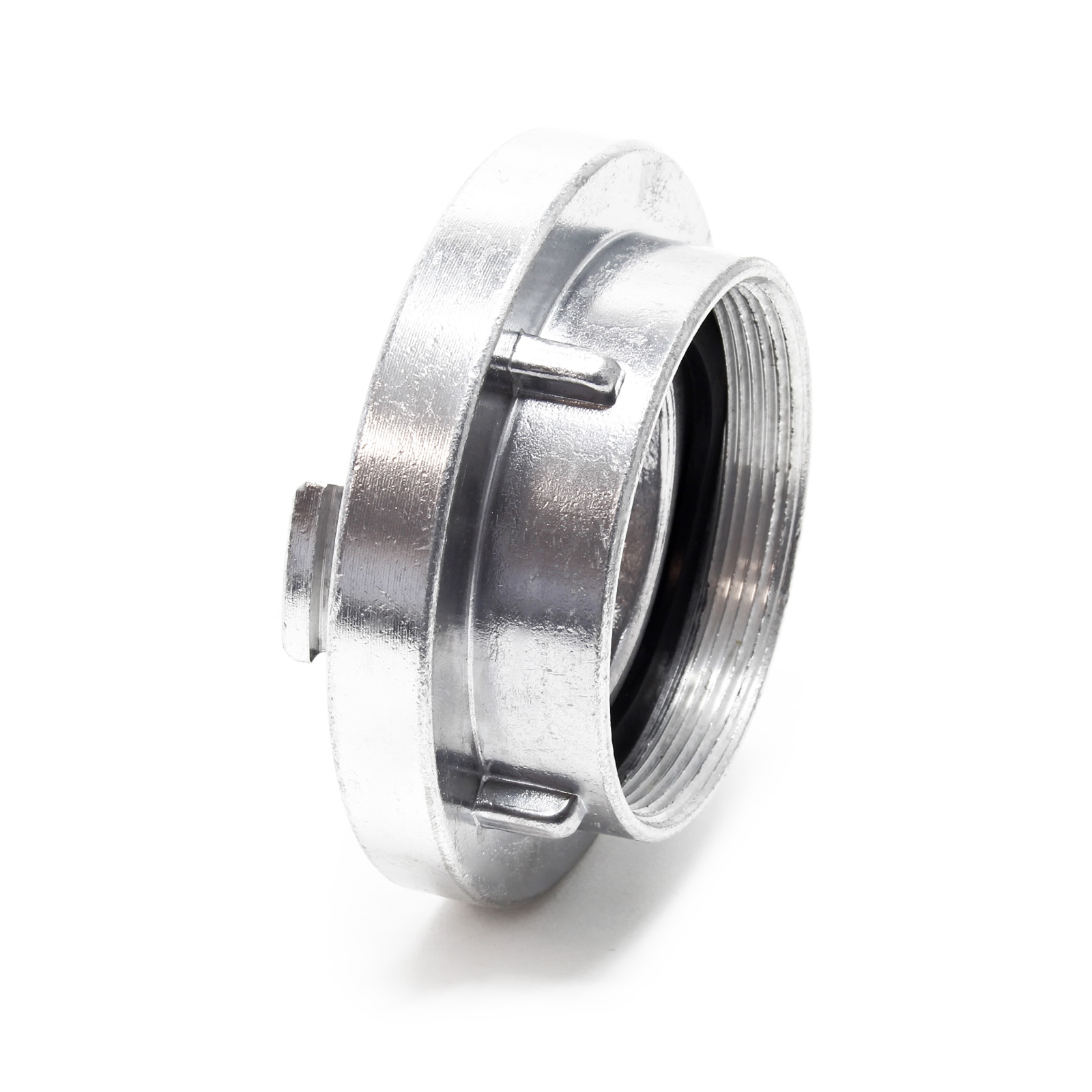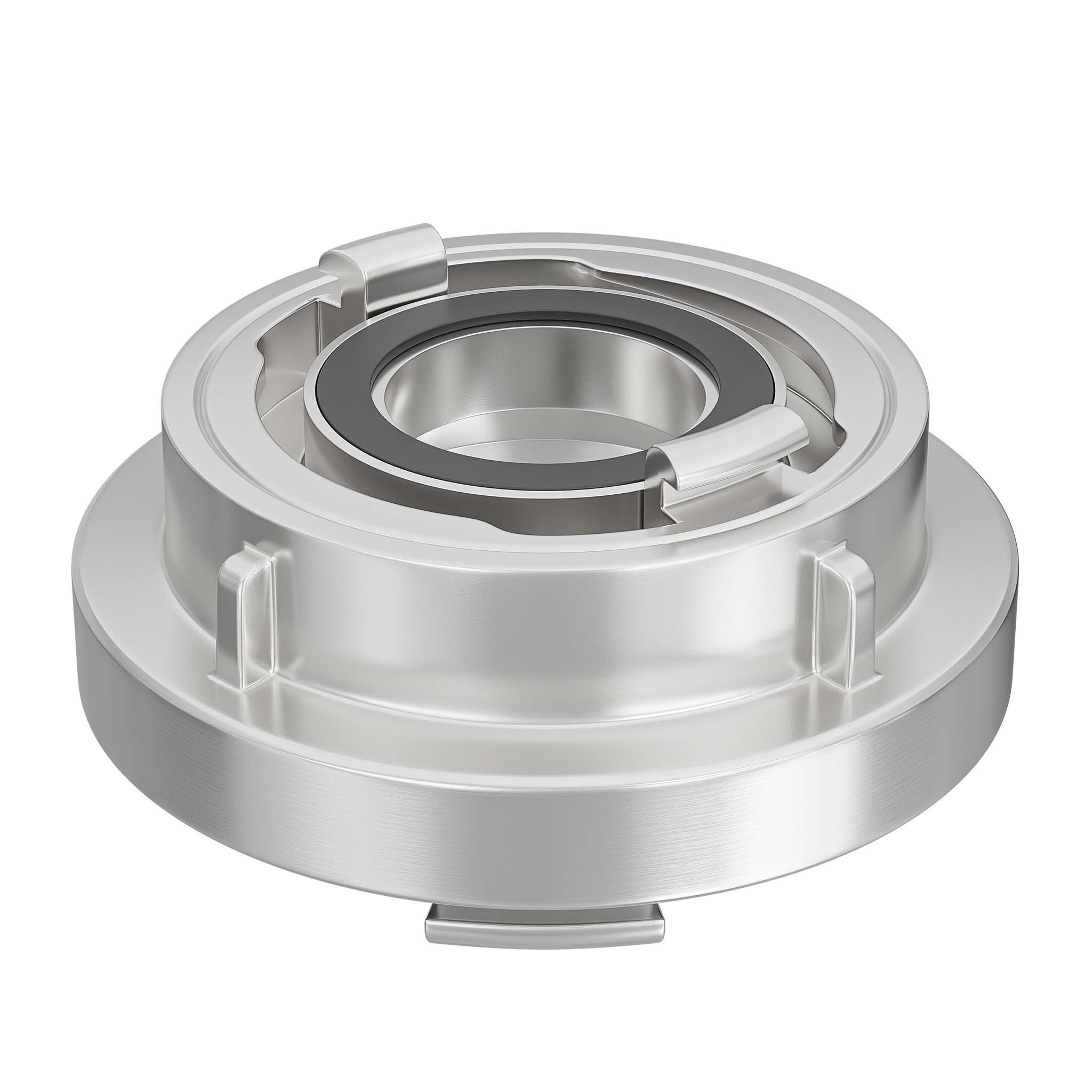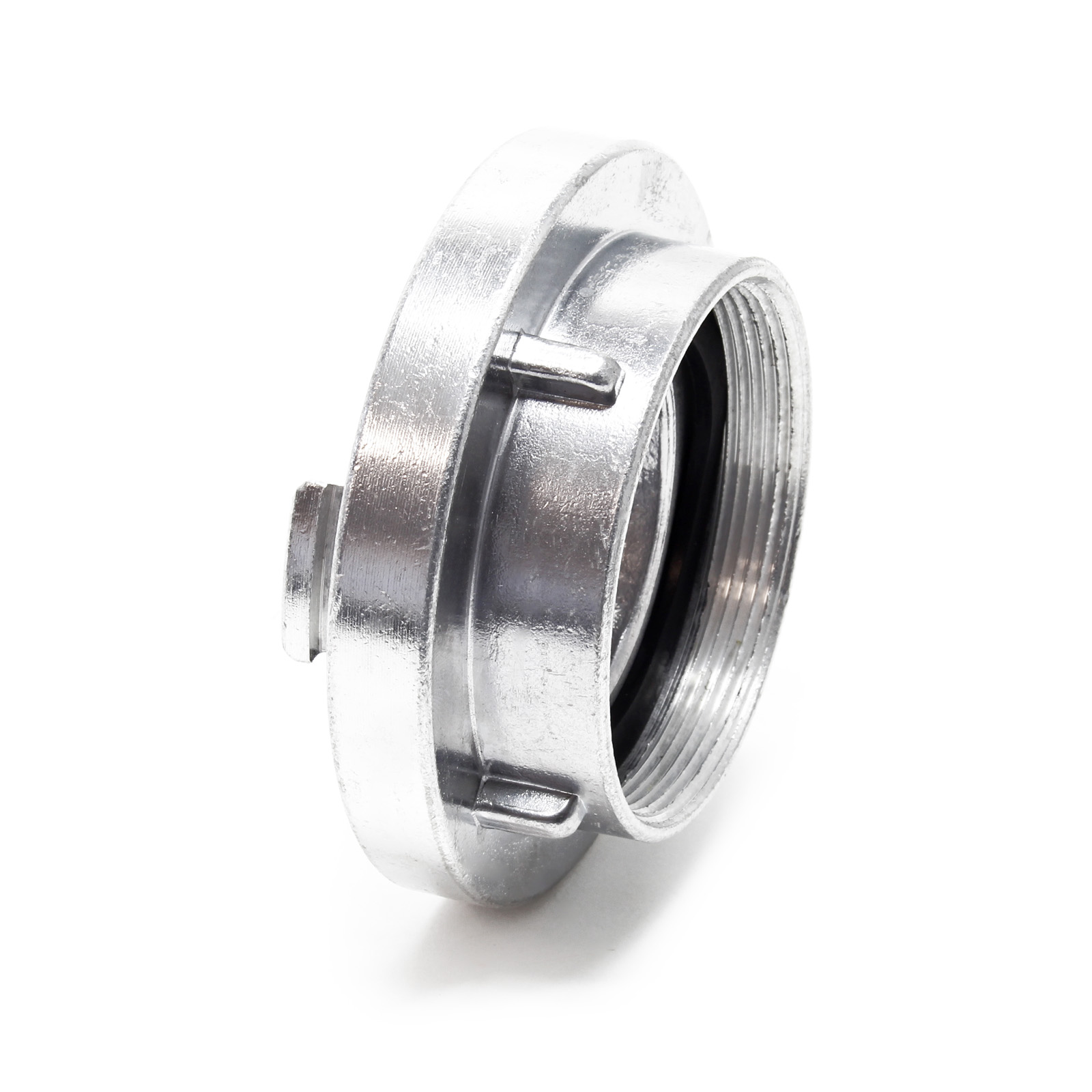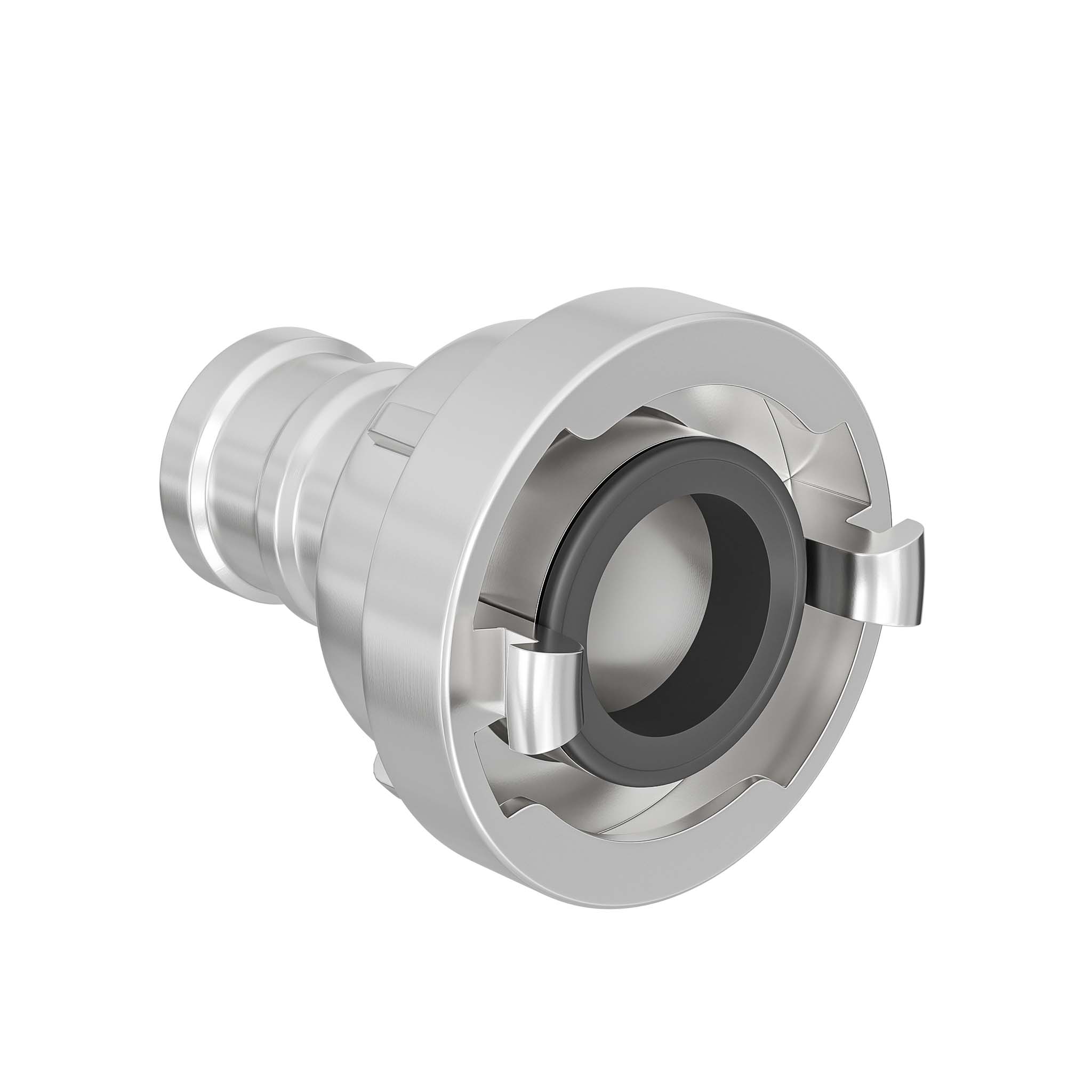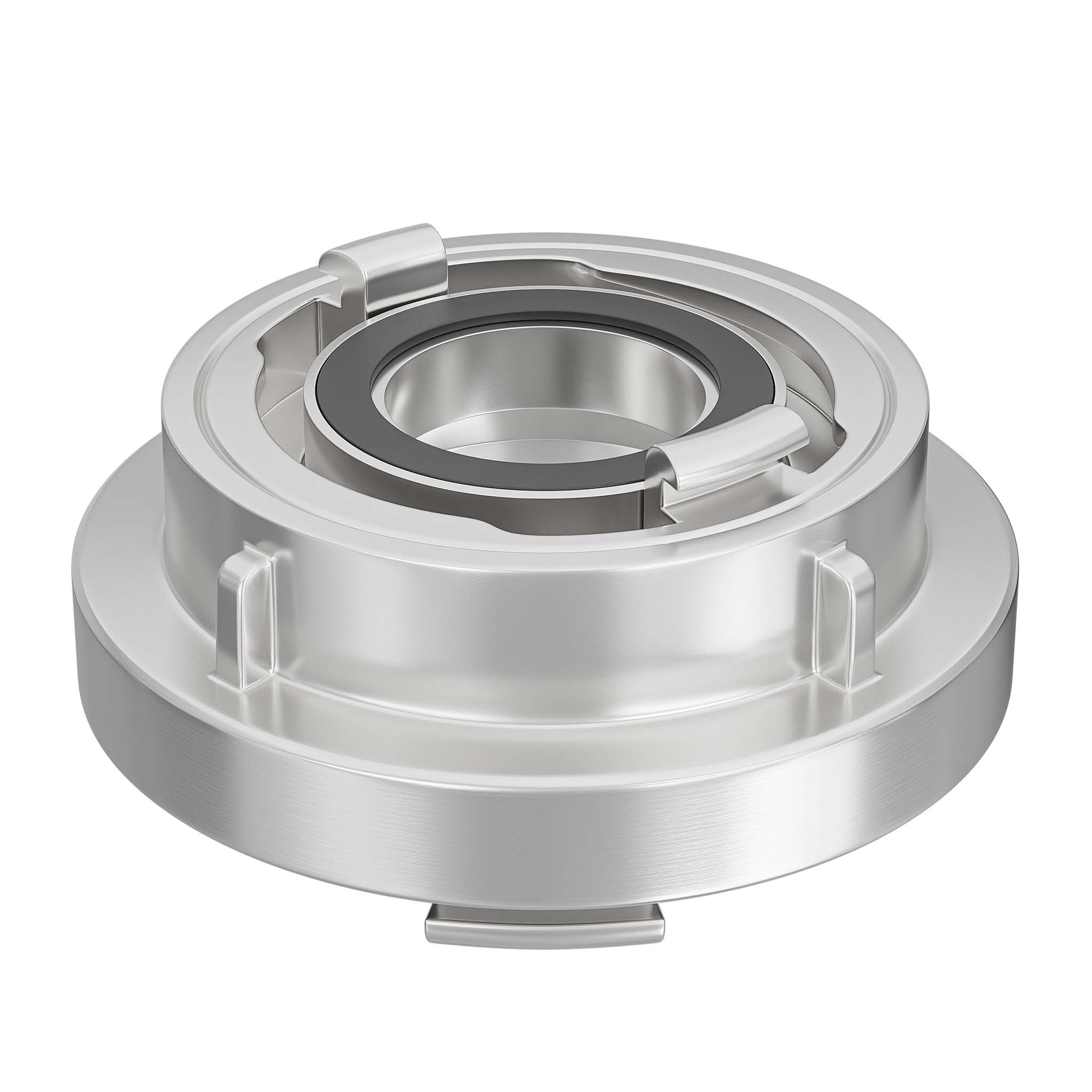Hose Connectors & Quick Couplings
Available, delivery time: 2 - 3 days
• Pressure range: 8-10 bar
Available, delivery time: 2 - 3 days
• A/110 / B/75 / C/52
Available, delivery time: 2 - 3 days
• 89mm/ 3"X3" BSP
• for 89mm Hoses
Available, delivery time: 2 - 3 days
• Pressure range: 8-10 bar
Available, delivery time: 2 - 3 days
• With long hose nozzle
• Pressure range: 8–10 bar
Available, delivery time: 2 - 3 days
• Pressure range: 8-10 bar
Available, delivery time: 2 - 3 days
• Pressure range: 8-10 bar
• Coupling adapter with female thread
Available, delivery time: 2 - 3 days
• C/52 / B/75
Available, delivery time: 2 - 3 days
• Pressure range: 8-10 bar
• Coupling adapter with male thread
Available, delivery time: 2 - 3 days
• 75mm / 3"X2.5"BSP
• Pressure range: 8-10 bar
• Coupling adapter with female thread
Available, delivery time: 2 - 3 days
• Pressure range: 8-10 bar
Available, delivery time: 2 - 3 days
• With long hose nozzle
• Pressure range: 8–10 bar
Available, delivery time: 2 - 3 days
• With long connection piece
• Pressure range: 8-10 bar
Available, delivery time: 2 - 3 days
• Pressure range 8–10 bar
Available, delivery time: 2 - 3 days
• Pressure range: 8-10 bar
• Coupling adapter with male thread
Available, delivery time: 2 - 3 days
• Pressure range: 8-10 bar
• Coupling adapter with female thread


